Sunderbans
UNESCO World heritage site
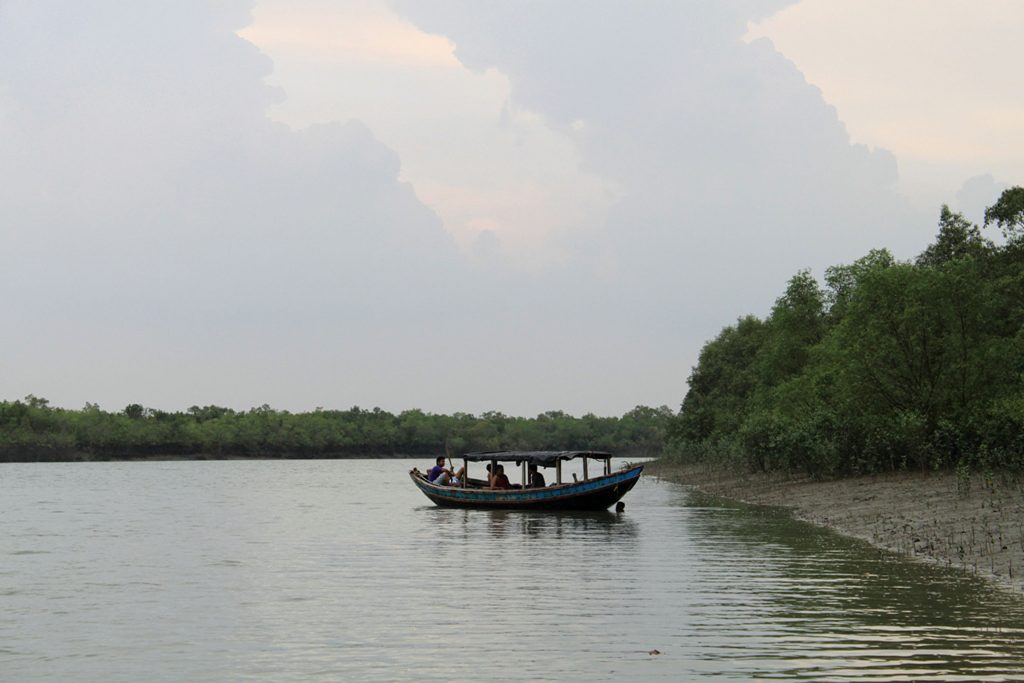
The worldʼs largest intact salt-tolerating forest, the Sunderbans, is today an UNESCO World Heritage Site that is a magnificent tangle of mangroves and the only one of its kind in the world. It is spread over 54 islands that straddle India and Bangladesh. It forms the transition zone between the Ganges and the Bay of Bengal, and is a stronghold for the endangered Bengal tiger, as well as many other species of animals and birds.
The history of these mangroves can be traced back to 200 AD. The ruins of a city built by Chand Sagar, the renowned merchant, has been found in the Baghmara Forest Block
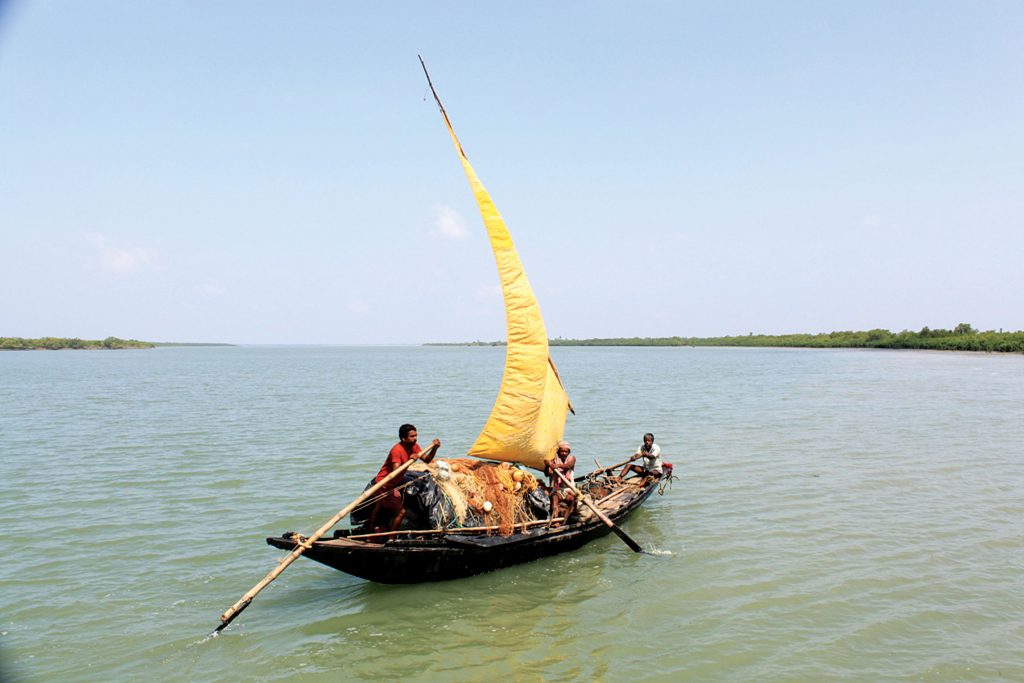
The word ʻSunderbanʼ is a Bengali term, meaning ʻbeautiful forest.ʼ According to different sources, the name ʻSunderbanʼ may have been derived either from the Sundari trees, the main beauty of this forest, or from the colloquial term of Samudraban or ʻSeaForest.ʼ The history of these mangroves can be traced back to 200 AD. The ruins of a city built by Chand Sagar, the renowned merchant, has been found in the Baghmara Forest Block. During the Mughal period, the emperors leased the forests to nearbyresidents. Many criminals took refuge in the Sunderbans from the advancing armies of Emperor Akbar. Several have been known to be attacked by tigers. Many buildings which were constructed by them later fell into the hands of Portuguese pirates, salt smugglers and dacoits in the 17th century. Evidence of these facts can be traced from the ruins at Netidhopani and other places scattered all over the Sunderbans. The area was mapped first in Persian by the Surveyor General as early as 1764. Following soon after, proprietary rights were obtained from the Mughal Emperor Alamgir II by the British East India Company in 1757. Systematic management of this forest tract started in the 1860s after the establishment of a Forest Department in the Province of Bengal in British India. The management was entirely designed to extract whatever treasures were available.
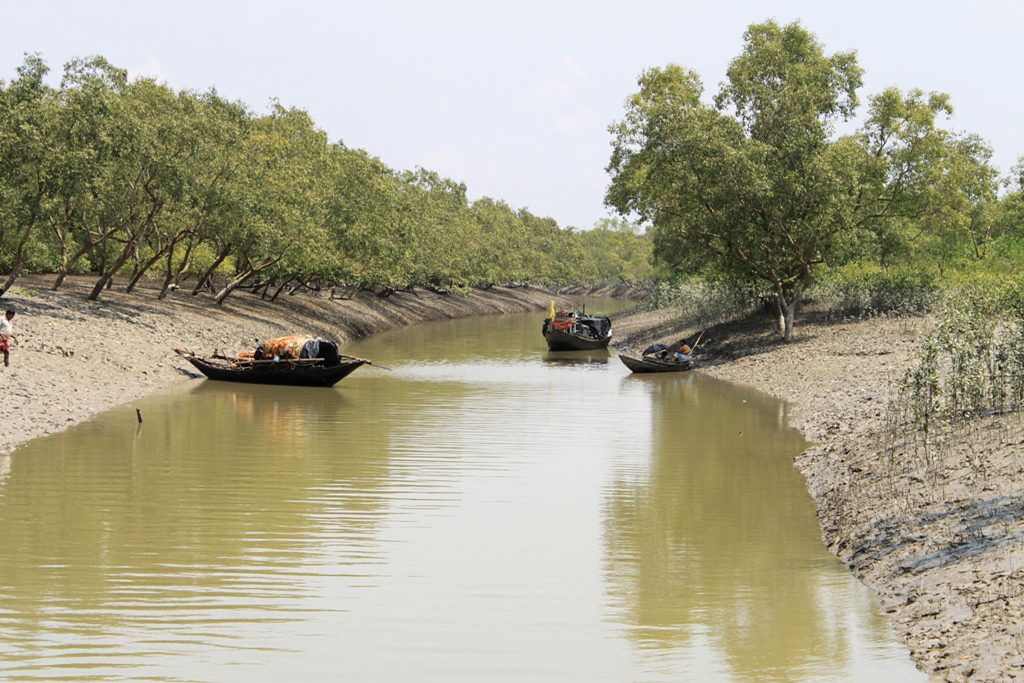
About 200 years ago, the Sunderbans was measured at around 16,700 sq km of which about one-third disappeared in the last two centuries. Since the partition, Bangladesh received about two-thirds of the forest while the rest is occupied by India. Mangroves everywhere anchor the edges of the world, but they are slipping away, thanks to coastal development, pollution, over-harvesting, nutrient loading, over-use of freshwater and climate changes. The fate of the Sunderban mangroves lie both in how they can be protected locally, and in the health of the whole Gangetic system. Because what happens upstream affects what comes down the pike.

The Sunderbans is intersected by a complex network of tidal waterways, mudflats and small islands. The inter-connected network of waterways makes almost every corner of the forest accessible by boat. The area is known for the famous Royal Bengal Tiger as well as numerous fauna including rare species of birds, spotted deer, crocodiles and snakes. Indeed, the Sunderbans provide a unique ecosystem and a rich wildlife habitat. According to the 2011 Tiger Census, the Sunderbans has about 270 tigers. Most importantly, mangroves are a transition from the marine to freshwater and terrestrial systems, and provide critical habitat for numerous species of small fish, crabs, shrimps and other crustaceans that adapt to feed and shelter and reproduce among the tangled mass of roots. Biotic factors here play a significant role in physical coastal evolution, and for wildlife a variety of habitats have developed which include beaches, estuaries, permanent and semi-permanent swamps, tidal flats, tidal creeks, coastal dunes, back dunes and levees. The mangrove vegetation itself assists in the formation of new landmass and the intertidal vegetation plays a significant role in swamp morphology. The management of wildlife is presently restricted to, firstly, the protection of fauna from poaching, and, secondly, designation of some areas as wildlife sanctuaries where no extraction of forest produce is allowed and where the wildlife face few disturbances. Although the fauna of Bangladesh has diminished in recent times and the Sunderbans has not been spared from this decline, the mangrove forest retains several good wildlife habitats and their associated animals.
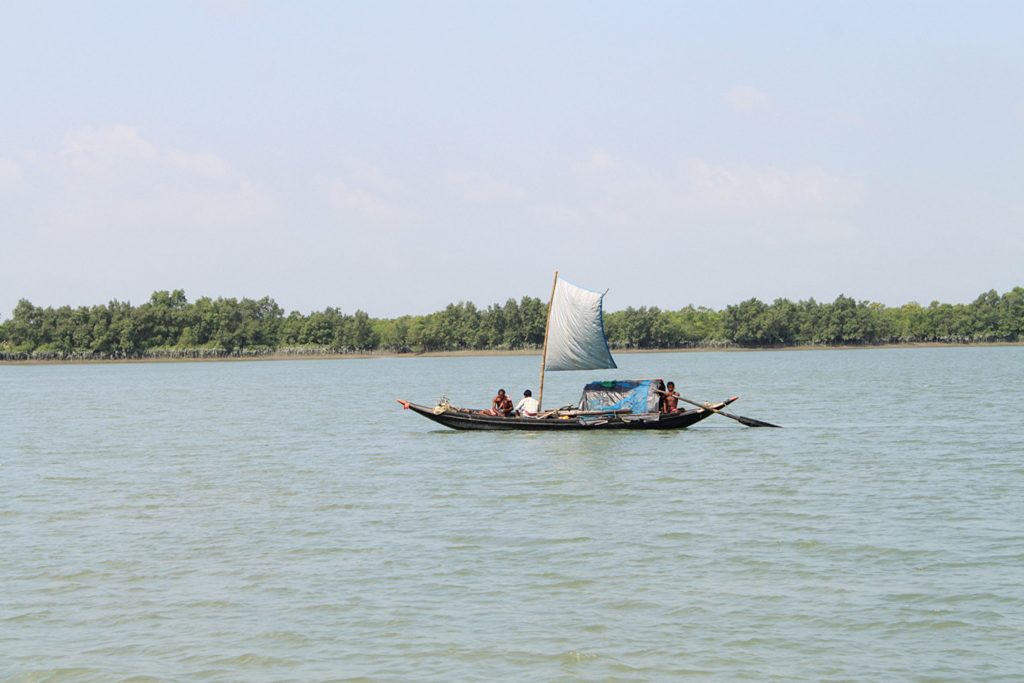
The fertile soil of the delta has been subject to intensive human use for centuries, and the region has been mostly converted to rigorous agriculture, with few enclaves of remaining forests. Additionally, the Sunderbans serve a crucial function as a protective barrier for the millions of inhabitants in and around Khulna and Mongla against floods that result from unpredictable cyclones. The Sunderbans have also been enlisted among the finalists in the ʻNew Seven Wonders of Nature.ʼ The Sunderbans along the Bay of Bengal has evolved over the millennia through natural deposition of upstream sediments accompanied by intertidal segregation. The physiography is dominated by deltaic formations that include innumerable drainage lines associated with surface and subaqueous levees, splays and tidal flats. There are also marginal marshes above mean tide level, tidal sandbars and islands with their networks of tidal channels. Today, this area has three wildlife sanctuaries, one within the national park at Sajnekhali, as well as south of the park at Lothian Island and Haliday Island. The most hassle free way of seeing the Sunderbans is to book a tour through the West Bengal Tourism Department. These well-managed tours will take care of getting you there, as well as providingthe necessary permits and accommodation. The Sunderbans are only accessible by boat. It is not possible to take jeep safaris or even touch down on the river banks. However, exploring the Sunderbans this way is a thrilling experience and should not be missed. It is also completely safe. Do not be too enthusiastic of seeing any tigers though. They are very shy and usually remain well hidden in the reserve. If your luck favours, you will see the king of the forest most unexpectedly.
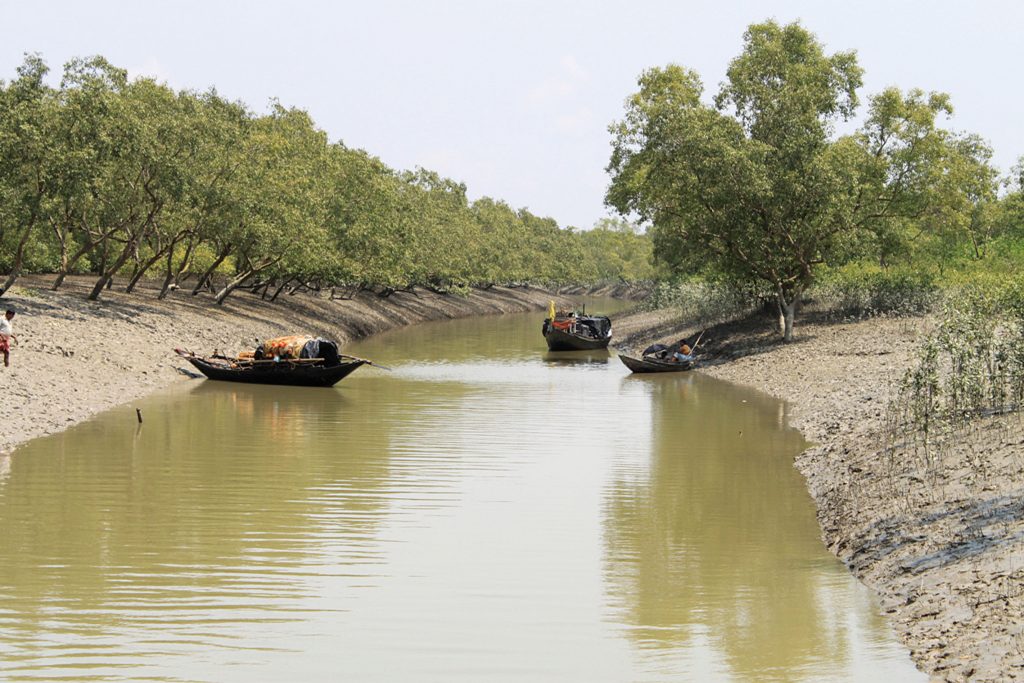
A trip to the Sunderbans is an experience of a lifetime. Close to nature, you realise how urgent it is to preserve the environment and respect ecological balance. At night, if you lie quiet in your bunk on the steamer, you will hear nature calling you silently. It is sheer enchantment to understand how great is Godʼs creation that Man is systematically trying to kill.

